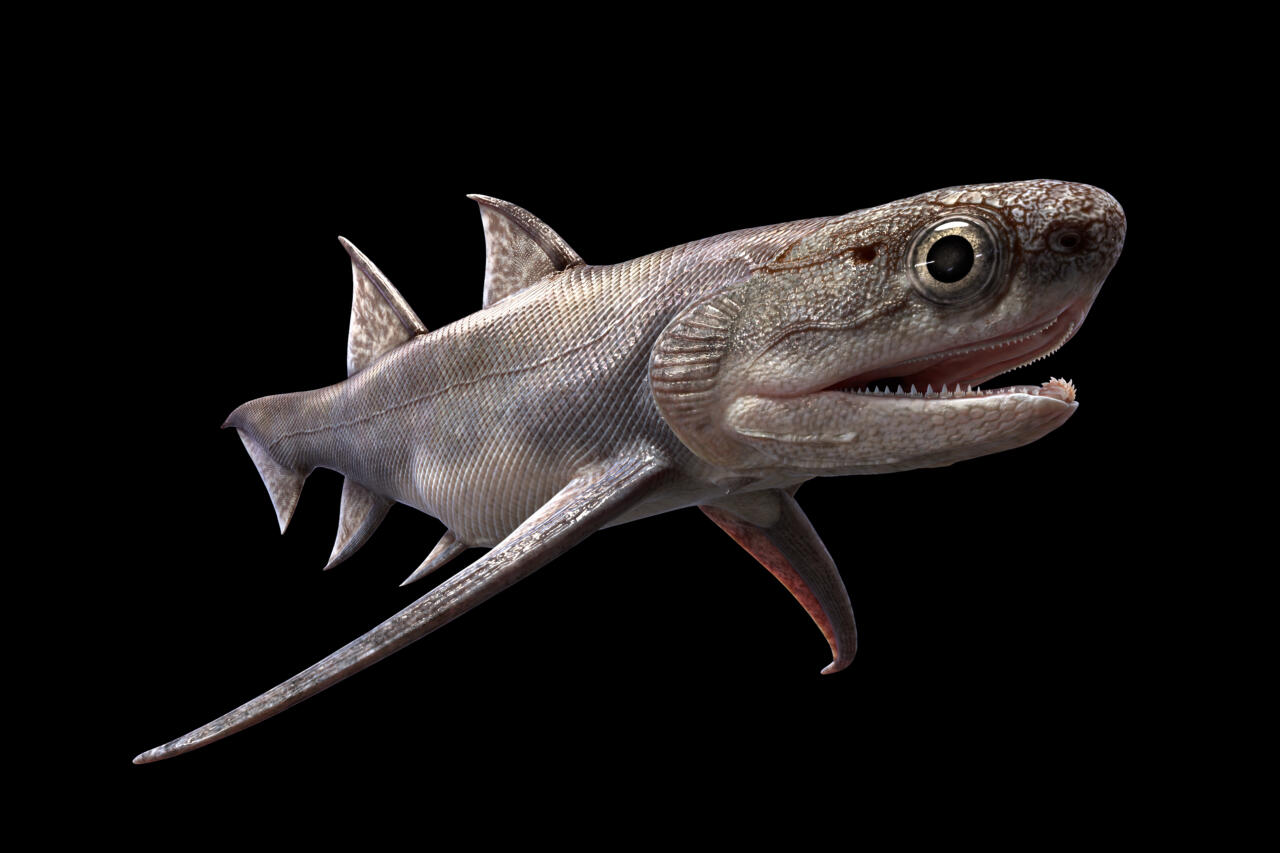Prehistoric ocean giant discovered in the U.S.
The fossil of a giant sea reptile with a skull the size of a grand piano has been discovered in Nevada in the western United States. The most remarkable thing about the find is its age, 246 million years. Very large animals did not exist before that time, which means that the beast, as far as is known, was the first giant animal on Earth.

The new species, which has been named Cymbospondylus youngorum, belonged to the ichthyosaurs, the fish lizards, a group of reptiles that dominated the world’s oceans during the time of the dinosaurs. Their origins are shrouded in obscurity, but they definitely had no closer kinship with the dinosaurs (who never developed any marine, or even freshwater, species).
The Ichthyosaurs appeared without warning about 249 million years ago, at the very beginning of the Triassic period, shortly after the greatest catastrophe suffered by life on Earth; The mass extinction at the end of the Permian period 252 million years ago. About 90 percent of Earth’s species were wiped out, and ecosystems on the planet were completely restructured.

Record-breaking growth
Perhaps the ancestors of the ichthyosaurs benefited from the disaster. Anyway, judging by the fossil testimonies, they very quickly became the most important predators of the oceans – and the newly discovered species reveals that in record time, in the space of just three million years, they reached enormous body size. Cymbospondylus youngorum grew 15-17 meters in length. The huge head was about two feet long, the size of a large piano, with jaws provided with rows of large, pointed teeth.
This is strange. On dry land, it was a very long time, another 40 million years, before the first giant dinosaurs appeared on the scene. And much later in Earth’s history, when mammals took over the main roles, it took 45 million years before the whales developed giant shapes. So why did things move so fast for the ichthyosaurs? And what was the reason for the sudden growth?

Many prey animals
The answer may be the emergence of a rich fauna of potential prey, primarily so-called ammonites, an extinct group of shelled cephalopods, and conodonts, a similarly extinct group of jawless fish. The jaws and teeth of ichthyosaur were perfectly adapted to feed on that kind of prey.
Another reason may be that the ichthyosaurs lacked competition for a long time. The researchers, whose findings are published in the journal Science, have made calculations showing that the food chain in the oceans at the beginning of the Triassic could well house monster-sized predators.
The remains of Cymbospondylus were excavated from sedimentary layers in the Augusta Mountains of central Nevada. They have now been exhibited at the Natural History Museum in Los Angeles, California.



